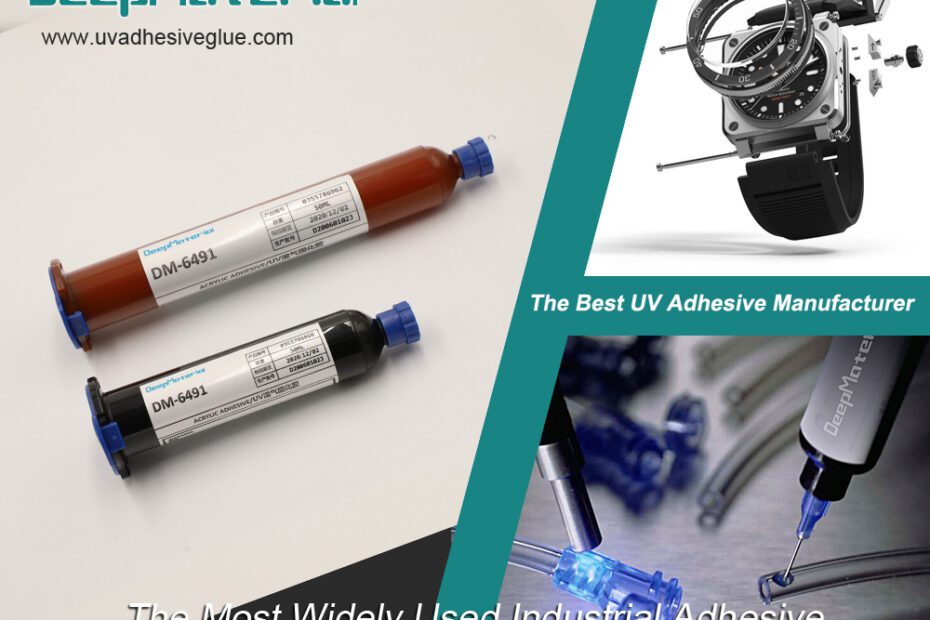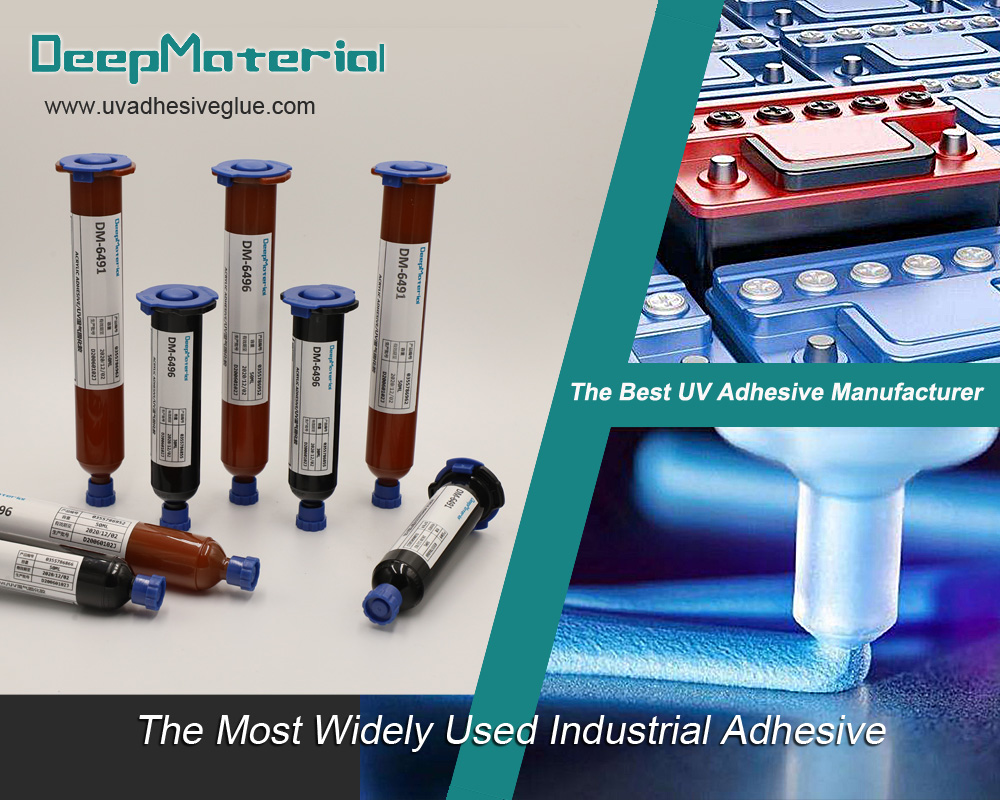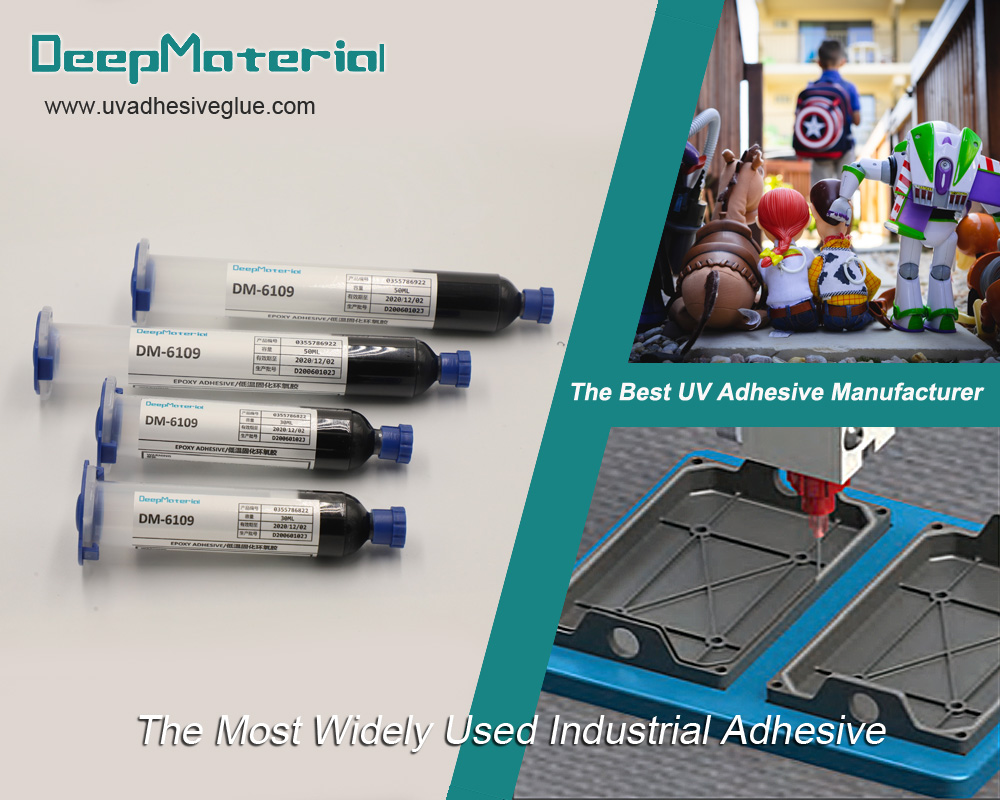The usage of electronic adhesives can vary depending on the specific adhesive type and application. In many cases, electronic adhesives do not require special equipment or processes, and can be applied using standard equipment and processes, but some applications may benefit from specific handling or conditions, depending on the specific type of adhesive and the application. For many everyday electronic projects or repairs, standard equipment found in most homes or workshops is usually sufficient. Some common electronic adhesives, like cyanoacrylate (super glue) or epoxy, can be applied with basic tools.
The special equipment of electronic adhesives
However, as the complexity of the electronic application increases or for specific industrial or high-precision tasks, specialized equipment may become necessary or highly beneficial. Here are some examples of when special equipment might be required:
Automated dispensing systems: For certain electronic adhesives, such as epoxies or silicone-based adhesives, a dispensing system might be used to apply the adhesive accurately and efficiently. These systems can range from simple hand-operated syringes to automated dispensers. In large-scale electronics manufacturing, automated dispensing machines are often used to apply adhesives precisely and consistently. These machines can control the flow and deposition of the adhesive, ensuring uniform coverage.
UV curing equipment and drying equipment: Many electronic adhesives require curing or drying after application to achieve their full bonding strength. Curing can occur through various methods, such as air drying, heat curing, or exposure to UV light (UV curing) , depending on the adhesive’s chemistry. Some electronic adhesives require UV light for curing. In such cases, UV curing equipment, which emits the necessary UV wavelengths, is necessary to achieve proper bonding.
Dispensing needles and tips: For precise application of small amounts of adhesive, specialized dispensing needles or tips are used to control the flow and placement of the adhesive accurately.
Soldering and reflow equipment: In certain electronic assemblies, adhesives are used in combination with soldering or reflow processes. In such cases, specialized soldering and reflow equipment are used alongside the adhesive application.
Specialized adhesives: Certain electronic applications may call for specialized adhesives designed to meet specific requirements, such as thermal conductivity, electrical insulation, or resistance to environmental factors like moisture or chemicals. And some electronic adhesives are specifically designed for certain applications, such as die attach, wire bonding, or encapsulation. These may require specialized equipment to their specific purpose.
Vacuum chambers or pressure vessels: In applications where void-free encapsulation or potting is critical, specialized equipment like vacuum chambers or pressure vessels might be used to eliminate air bubbles and ensure a complete fill.
Surface preparation equipment: Proper surface preparation is essential for effective bonding. For some applications, surface treatment equipment such as plasma cleaners or chemical primers may be required to prepare the surfaces before adhesive application, the surfaces that need to be bonded should be clean, free of dust, grease, and other contaminants. In some cases, surface treatments like plasma treatment or chemical primers might be necessary to improve adhesion.
It’s important to note that while specialized equipment can offer advantages in terms of efficiency, accuracy, and consistency, it may also come with higher costs. For hobbyists or small-scale electronic projects, standard tools and manual application methods can still be effective for using electronic adhesives. Always refer to the manufacturer’s guidelines and recommendations for the specific adhesive being used and the intended application to ensure the best results.
The processes of electronic adhesives
The usage of electronic adhesives often requires specific processes to ensure successful bonding and reliable performance in electronic applications. These processes can vary depending on the type of adhesive, the components being bonded, and the intended application. Here are some common special processes associated with the usage of electronic adhesives:
Surface preparation: Proper surface preparation is critical for achieving strong adhesive bonds. Surfaces should be clean, free of contaminants like dust, oil, and grease. Depending on the adhesive type, surface treatments like plasma treatment or chemical primers may be used to enhance adhesion.
Dispensing technique: The method of applying the adhesive is crucial to achieve uniform coverage and prevent issues like voids or excess adhesive. For precision applications, specialized dispensing techniques, such as automated dispensers or precision dispensing systems, may be employed.
Cure or drying process: Many electronic adhesives require a curing or drying process to achieve their full bonding strength. The curing process can involve various methods, including thermal curing (using heat) or UV curing (exposure to UV light). Proper control of the curing process is essential to ensure consistent results.
Bonding time and pressure: The adhesive’s working time (open time) and the pressure applied during bonding can impact the adhesive’s ability to form a strong bond. Proper attention to these factors is essential, especially in time-sensitive applications.
Encapsulation and potting: In some electronic applications, adhesives are used for encapsulation or potting, providing protection and insulation to electronic components. Special processes may be required to ensure complete and void-free encapsulation.
Thermal management: In high-temperature applications, electronic adhesives with appropriate thermal conductivity properties may be required to ensure efficient heat dissipation and prevent overheating of components.
Environmental considerations: Depending on the adhesive’s properties, Some electronic adhesives may have specific temperature requirements during application or curing, it may need to be applied in a controlled environment to ensure optimal bonding results. Temperature, humidity, and cleanliness are factors that may need to be monitored. So it’s essential to follow the manufacturer’s guidelines to ensure proper bonding and avoid potential issues.
Safety Measures: Some electronic adhesives may contain hazardous components, so proper safety precautions should be taken during handling and application, such as wearing appropriate personal protective equipment (PPE), working in a well-ventilated area, or avoiding skin contact with certain adhesive types.
Quality Control: In electronics manufacturing, quality control measures are crucial to ensure consistent and reliable bonding. This may involve periodic testing of the adhesive’s properties and adherence to industry standards.
It’s important to follow the manufacturer’s guidelines and recommendations for the specific electronic adhesive being used. Specialized processes can significantly impact the adhesive’s performance and the overall reliability of the electronic assembly. For critical applications or large-scale production, consulting with adhesive experts or suppliers can help identify and implement the most suitable processes for the specific requirements.
For most general electronic applications, everyday adhesives can be used without the need for elaborate equipment or processes. However, for specialized or high-volume manufacturing scenarios, specialized equipment and processes might be employed to improve efficiency and consistency. While many electronic adhesives can be used with standard equipment and processes, it’s essential to read and follow the manufacturer’s guidelines and recommendations for the specific adhesive you are using. Additionally, for industrial-scale applications, consulting with adhesive experts or suppliers can help ensure that the best equipment and processes are employed for your specific requirements.
For more about choosing the electronic adhesive,you can pay a visit to DeepMaterial at https://www.uvadhesiveglue.com/for-electrical-appliances/ for more info.


